“Doctor Who” has been a cherished institution in the science fiction genre, captivating audiences since its inception in 1963. Among the numerous story arcs in the series, “The Last of the Time Lords” stands out as one of the most intriguing and emotionally charged episodes. This storyline marked the culmination of the Master Trilogy and brought significant developments to the characters and the Whovian universe.
The episode originally aired as the finale of the third series of the revived “Doctor Who” in 2007. It was a milestone in many ways, not just for its narrative intensity, but also for its profound exploration of themes such as power, redemption, and the essence of humanity.
“The Last of the Time Lords” begins with Earth under the tyrannical rule of the Master, played by John Simm. Humanity is on the brink of despair as the Master uses the paradox machine to sustain his dominance and power. The Doctor, portrayed by David Tennant, finds himself in a seemingly powerless situation, aged and weakened by the Master’s machinations. This transformation of the Doctor serves as a stark visual representation of the theme of powerless confronting immense authority.
Humanity’s plight is captured through the character of Martha Jones, played by Freema Agyeman. Her journey across the dystopian Earth, spreading the word of the Doctor, symbolizes hope and the power of collective belief. As she engages with resistant human groups, the episode delves into the resilience of the human spirit, even in the darkest of times.
A particularly potent theme explored in this episode is the nature of time and its manipulation. The Master’s use of the paradox machine disrupts the natural flow of time, creating a world where no future exists. This manipulation is a metaphor for how power in the wrong hands can result in chaos and suffering, affecting everyone regardless of their direct involvement.
The climax of the episode sees the Doctor’s unexpected rejuvenation, facilitated by the collective faith of humanity. It was a narrative decision that courted both praise and criticism. Some saw it as a powerful demonstration of how collective hope and belief can overcome tyranny, while others criticized its reliance on a deus ex machina to resolve the conflict.
Despite mixed reactions to its conclusion, “The Last of the Time Lords” succeeded in adding depth to the show’s mythology. Notably, the episode redefined the relationship between the Doctor and the Master, revealing a nuanced friendship turned bitter rivalry. This layer of character development added emotional weight to their ongoing conflict.
Reflecting on “The Last of the Time Lords” more than a decade after its release, the episode continues to be relevant, particularly in how it mirrors societal issues like totalitarianism, the oppression of free will, and the indomitable resilience of hope. It offered viewers a poignant reminder of the power of unity and shared belief in overcoming even the direst of predicaments.
In examining the episode today, with advancements in special effects and narrative complexity, its significance in the “Doctor Who” lore is apparent. It set a precedent for the series’ ability to weave intricate personal dramas with larger-than-life science fiction concepts.
In conclusion, “The Last of the Time Lords” remains a testament to the enduring nature of “Doctor Who”. It encapsulates the essence of what makes the series a beloved staple of science fiction: compelling characters, thought-provoking themes, and a narrative that resonates with audiences across generations.
Tech Column
Doctor Who


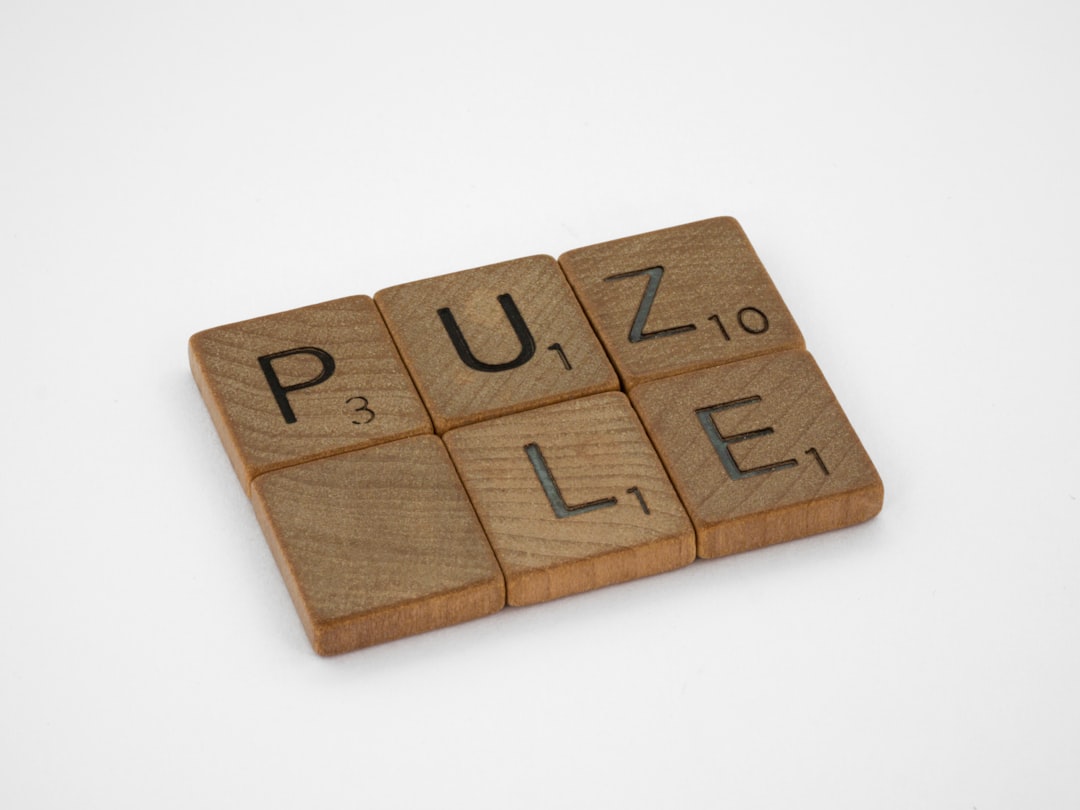
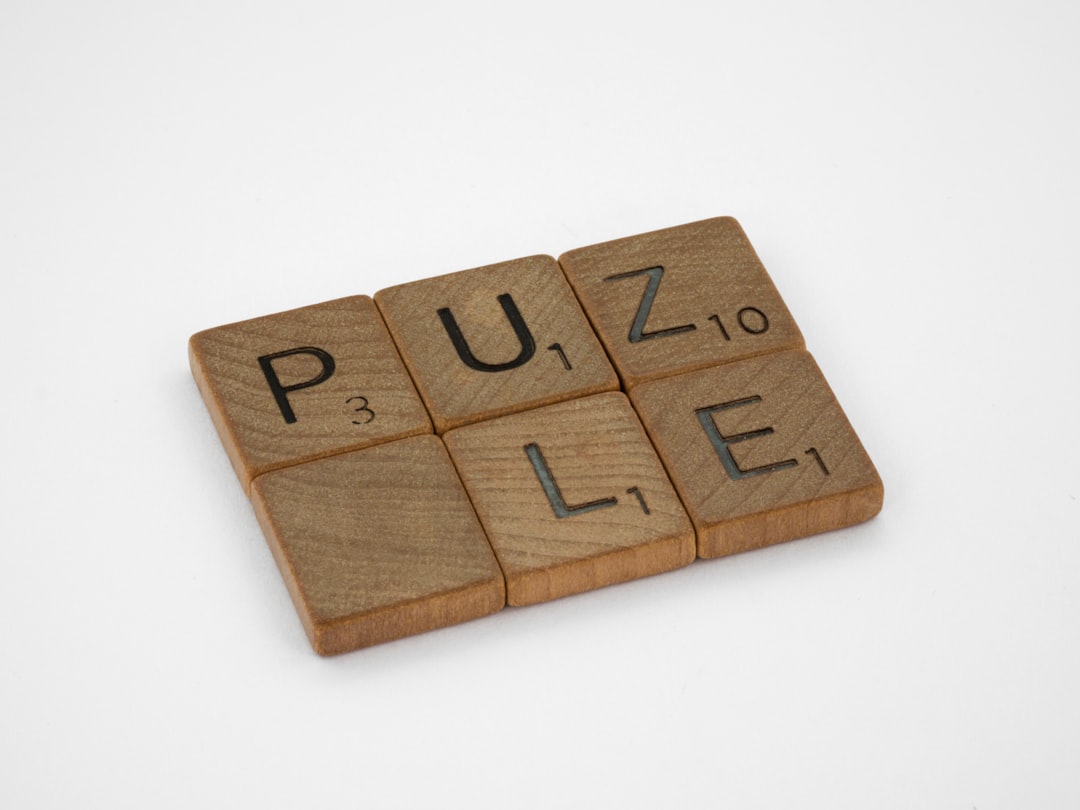


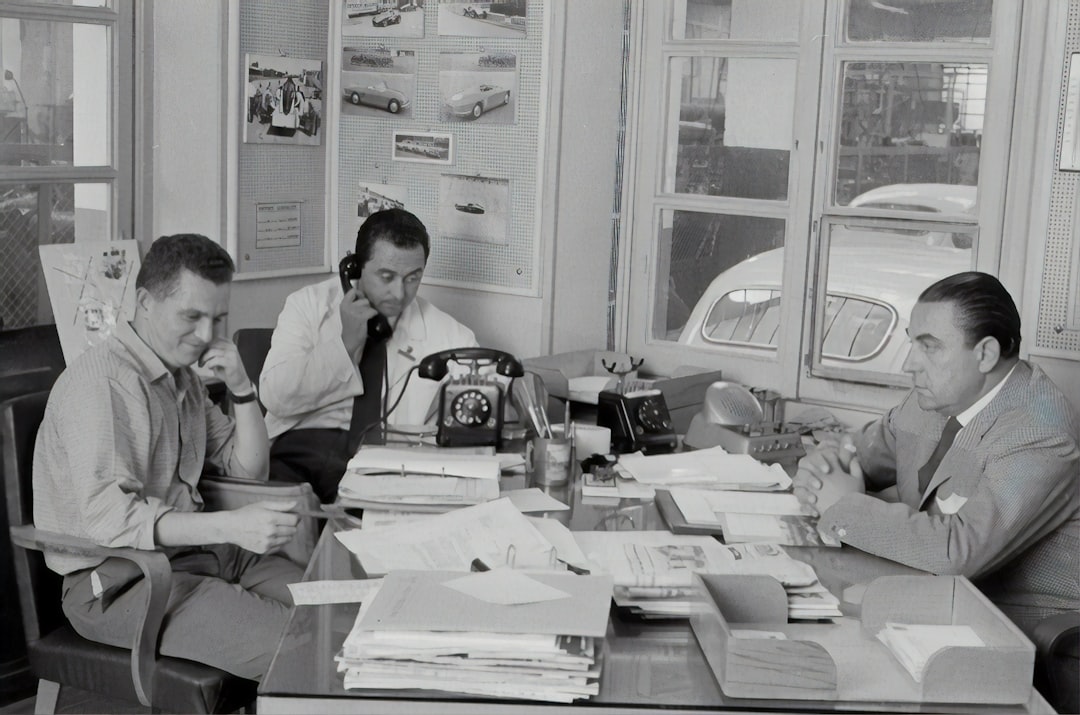





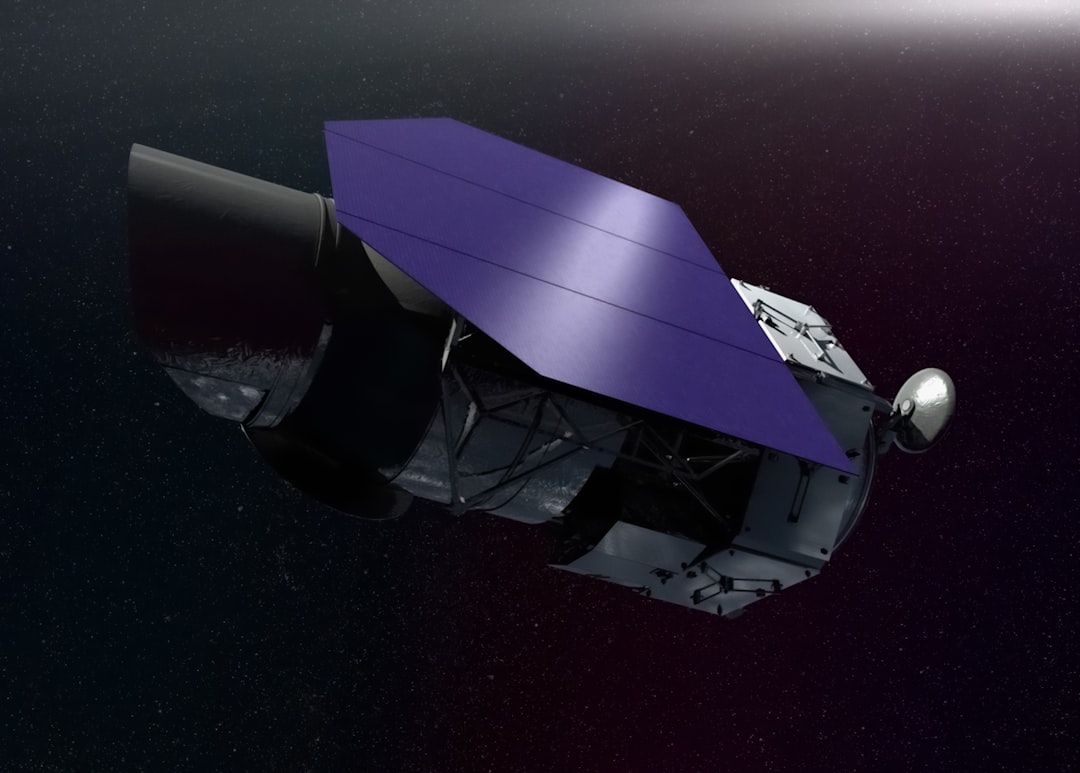
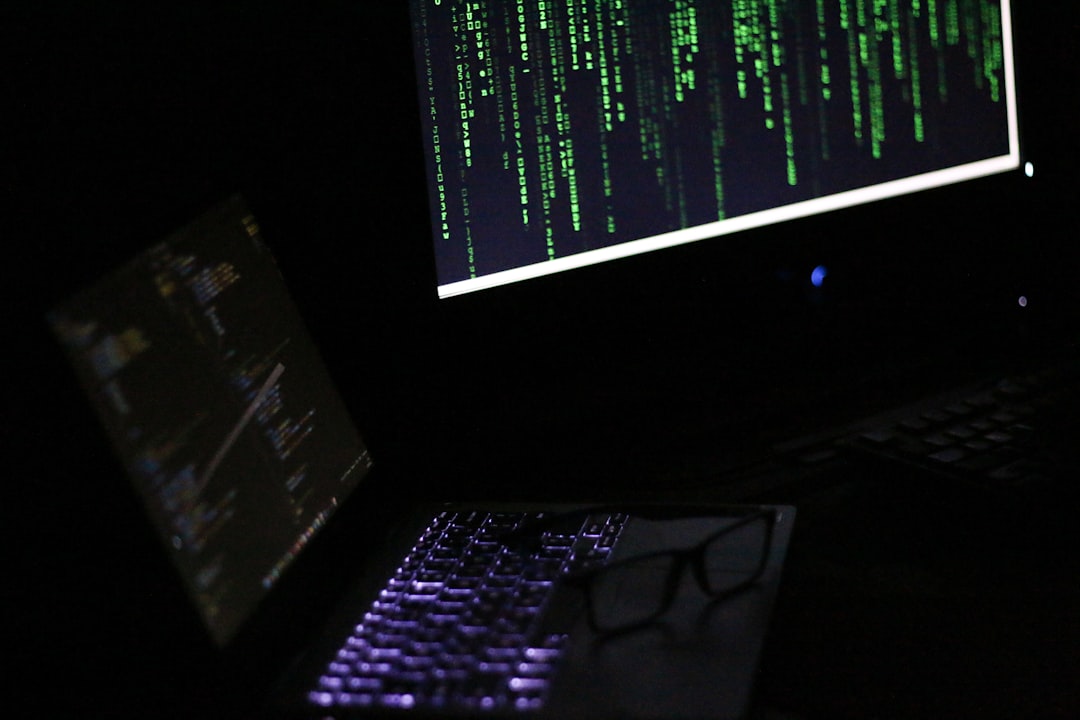
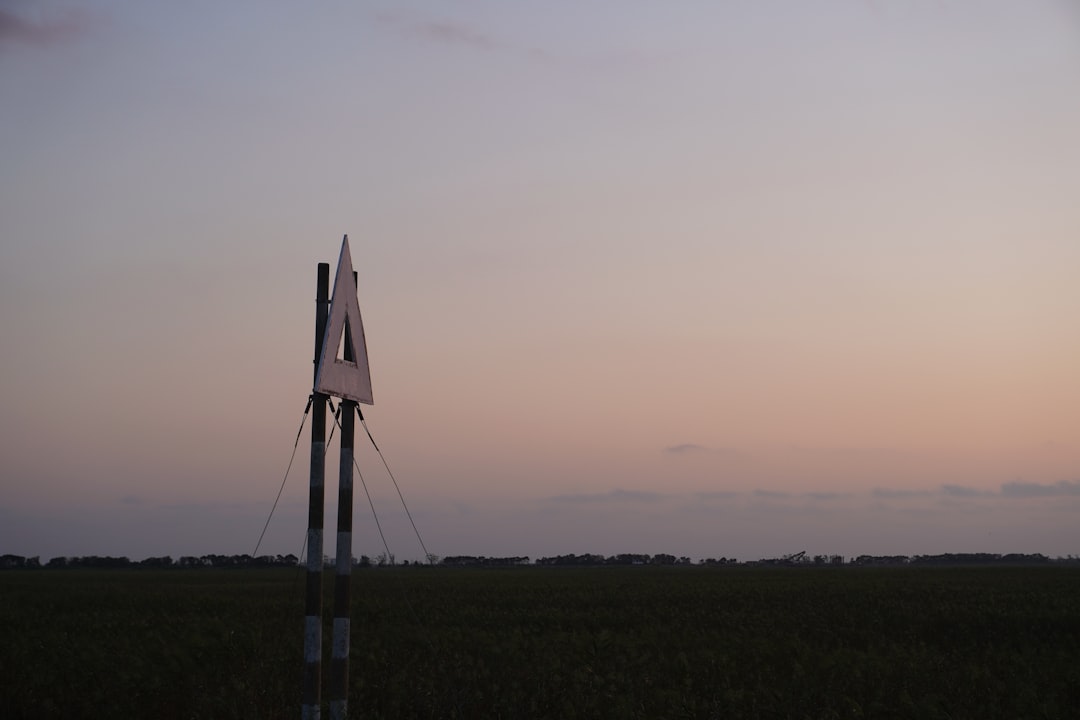

Leave a Reply